From the recent article in The New Yorker: The Unsolvable Mysteries of the Voynich Manuscript
“…The Voynich Manuscript is a special kind of original. We know, thanks to carbon dating, that it was put together in the early fifteenth century. But no living person has ever, as far as we know, understood it. Nobody can decode the language the book is written in. It has no title and no author…
The first half of the book is filled with drawings of plants; scholars call this the “herbal” section. None of the plants appear to be real, although they … resemble drawings in the alchemical tradition, which gave rise to a now debunked theory that the thirteenth-century natural philosopher Roger Bacon wrote the book. Then we get what appear to be instructions in the practical use of those plants from the beginning of the book, followed by pages that look roughly like recipes.
Voynich is not a word from the book but, rather, the name of an eccentric book dealer, Wilfrid Michael Voynich, who bought the manuscript, in 1912. When Voynich purchased the text, it was accompanied by a letter by Johannes Marcus Marci (1595-1667), of Prague, who claimed that the book had been “sold to Holy Roman Emperor Rudolf II at a reported price of 600 ducats and that it was believed to be a work by Roger Bacon.” (Voynich would later say that the seller was the occult philosopher John Dee; Clemens points out that he was nudged toward this hypothesis by a historical novel.) The book appears to have bounced around Prague for a while—in 1639, a person named Barchius described it as “a certain riddle of the Sphinx, a piece of writing in unknown characters,” and guessed that “the whole thing is medical.” The book’s historical trail vanishes in 1670, up until the time that Voynich purchased it….
In 1903, the Jesuits decided to sell a group of texts from the Collegio Romano collection to the Vatican; the sale took nine years to complete. For reasons unknown, and under conditions of total secrecy, Voynich managed to procure some of the books before they entered the Vatican Library. One of them was the Voynich Manuscript. Voynich believed that his impenetrable book contained authentic wisdom—or, at least, he said so during publicity kicks in the States, trying to make his treasured book famous. “When the time comes,” he told the Times, “I will prove to the world that the black magic of the Middle Ages consisted in discoveries far in advance of twentieth-century science.”
I am just as interested in a drawing I found online a few years ago – “because it reminds me of the never-deciphered Voynich Manuscript and it mentions the two dates I think are most relevant to end times prophecies. The drawing shows “2016 start” and “2019 completed.” Other images on it also show three pyramids, the Temple in Jerusalem, something in space, (probably in our solar system) the latitude and longitude of the Great Pyramid at Giza, and the words “ark of the covenant.”

The drawing above could just be the ravings of a madman or the silly hoax of a college student – I don’t know yet – but this mess of clues is hard for me to ignore. My previous book, End Times and 2019, focuses on the clues leading me to conclude that the world’s final seven years end in December 2019. My newer book, Antichrist 2016-2019, focuses on the evidence pointing to the Antichrist and 2016, at the mid-point of the final seven years. The strange cipher/drawing posted with this article seems strongly related to the topics in my books – so much so that many of you will probably think I made it myself.
I really don’t know who drew it or what it means. A little investigation online links this image to a Thomas E. O’Neil and possibly to an interpretation of the Voynich Manuscript – but beyond that I’m just finding a lot of dead ends.
It could just be meaningless – but it’s interesting to look at such drawings and wonder if there is anything meaningful behind them.
